
The human hand, an unparalleled marvel of biological engineering, stands as a testament to evolution’s intricate designs. It is far more than a mere appendage; it serves as a sophisticated instrument of interaction, perception, and creation. Built for a remarkable spectrum of tasks, from the demanding exertion required to climb mountains to the delicate precision needed for manipulating the smallest objects, the hand truly acts as our built-in tool for engaging with the world around us.
This extraordinary organ, located at the distal end of the upper limb, achieves its impressive range of capabilities through a harmonious integration of bones, muscles, and complex neurovascular structures. While the intrinsic muscles nestled within the hand itself play a crucial role, it is also significantly aided by the powerful forearm muscles, which extend their tendons through the wrist to orchestrate a wide array of movements. Understanding this intricate interplay of components is essential to appreciating the hand’s daily functions and its profound importance to human experience.
At the core of the hand’s structural integrity is its robust skeletal framework, an essential part of the body’s entire system that provides crucial support, protection, and shape. Among the 206 bones that compose the human body, the bones found within the hands hold particular significance. They number 19 in each hand, forming a complex structure that enables an extensive range of precise movements, fundamentally contributing to our ability to grip, hold, and manipulate objects with remarkable accuracy and control.

Our fingers and thumbs owe their distinct segments to the phalanges, small yet mighty bones. Each hand contains 14 phalanges, with each finger typically possessing three: a proximal phalanx closest to the hand, a middle phalanx, and a distal phalanx extending to the fingertip. The thumb, however, stands apart with only two phalanges, notably lacking the middle segment, a characteristic that grants it unique mobility and dexterity. The distal phalanx, specifically, supports the nail and features a distinct shape that starts wide at its base, narrows, and then gently flares out at the tip, forming a small bump.
Connecting the phalanges to the wrist are the five long metacarpal bones, which constitute the metacarpus and give the palm its distinctive shape. These bones, numbered 1 to 5 starting from the thumb side, each feature a shaft, a broad base near the wrist, and a rounded head that articulates with the finger bones. On the back of the hand, the prominent knuckles are, in fact, formed by these rounded heads of the metacarpal bones as they meet the finger bones at the metacarpophalangeal joints.
The palm side of the metacarpals reveals concave regions, meticulously designed to house the palm muscles. This anatomical arrangement is crucial, providing the necessary strength and movement for effective gripping and the intricate manipulation of objects. This foundational bony structure, comprised of phalanges and metacarpals, establishes the essential architecture upon which the hand’s complex functions are built.
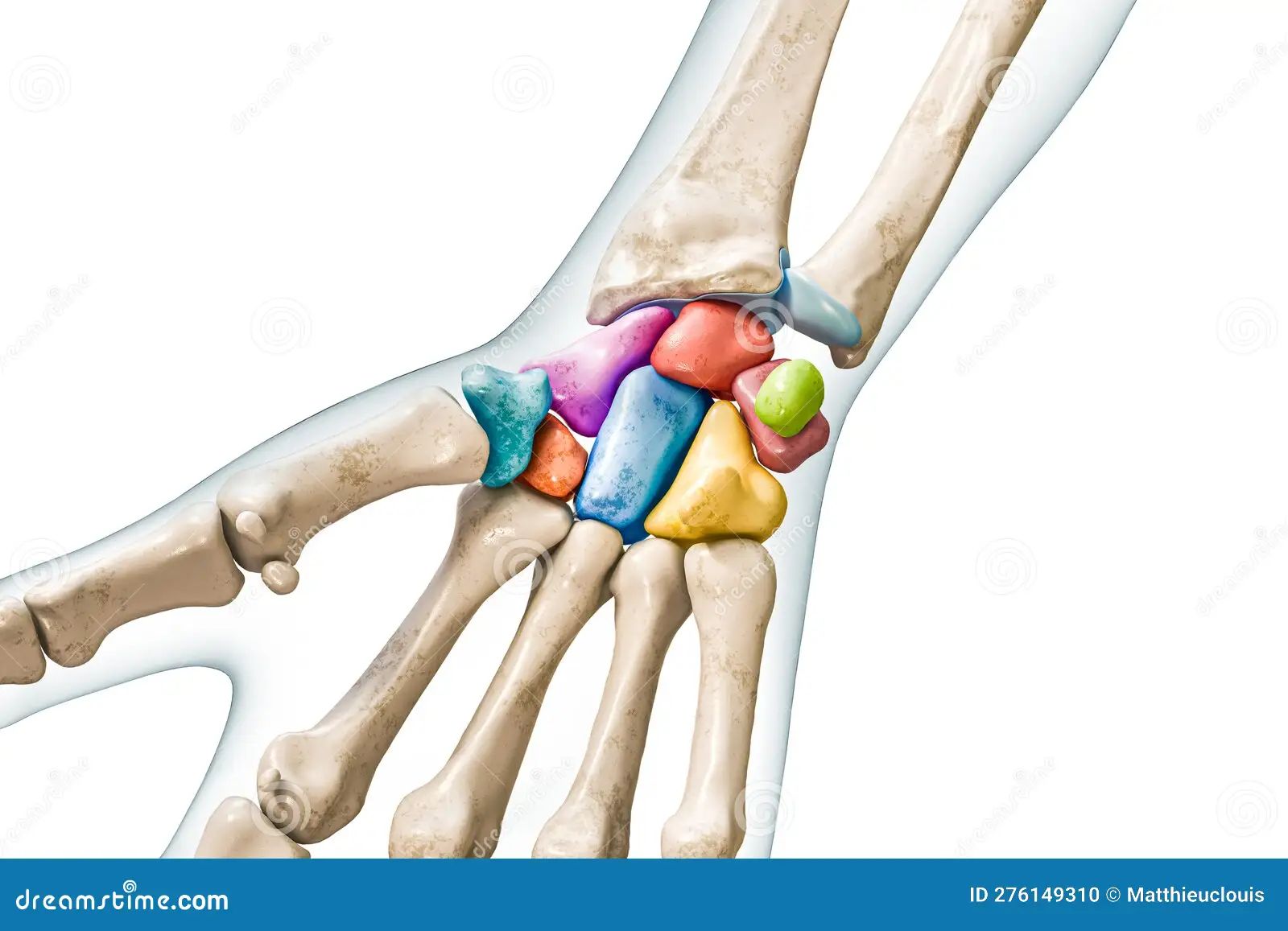
The wrist, acting as the crucial hinge between the forearm and hand, is itself a complex assembly of eight small carpal bones. These bones are meticulously organized into two distinct rows, contributing significantly to both the flexibility and strength of the hand. The proximal row, situated closest to the forearm, includes the scaphoid, lunate, triquetrum, and pisiform bones, forming the direct connection to the arm.
The distal row, positioned closer to the hand, comprises the trapezium, trapezoid, capitate, and hamate bones. These carpal bones are indispensable for facilitating smooth hand and wrist movements, offering vital support to adjacent muscles and ligaments. Furthermore, their arrangement creates essential passages for nerves and blood vessels, underscoring their comprehensive contribution to the wrist’s overall function and stability. The radius, the larger of the two forearm bones, forms a joint with the scaphoid and lunate bones, facilitating the extensive movement and rotation observed in the wrist.
Beyond the bones, the dynamic capabilities of the hand are powered by an intricate network of joints, which enable a remarkable range of accurate and skillful actions. These specialized junctions, where bones like the phalanges connect, provide both support and the flexibility necessary for bending, straightening, twisting, and grasping objects with precision. The hand features various types of joints, each tailored for a specific function, such as the hinge joint at the base of each finger, which facilitates smooth bending and straightening motions.
The radiocarpal joint, a critical synovial junction, represents the primary connection between the forearm and the wrist, linking the scaphoid, lunate, and triquetral carpal bones to the radius. This joint is fundamental for the wrist’s ability to move upward, downward, and side-to-side, allowing for a wide spectrum of hand motions, including grasping, raising, and rotating. Its substantial concave surface at the lower end of the radius interacts directly with the scaphoid and lunate, ensuring a broad range of articulation.
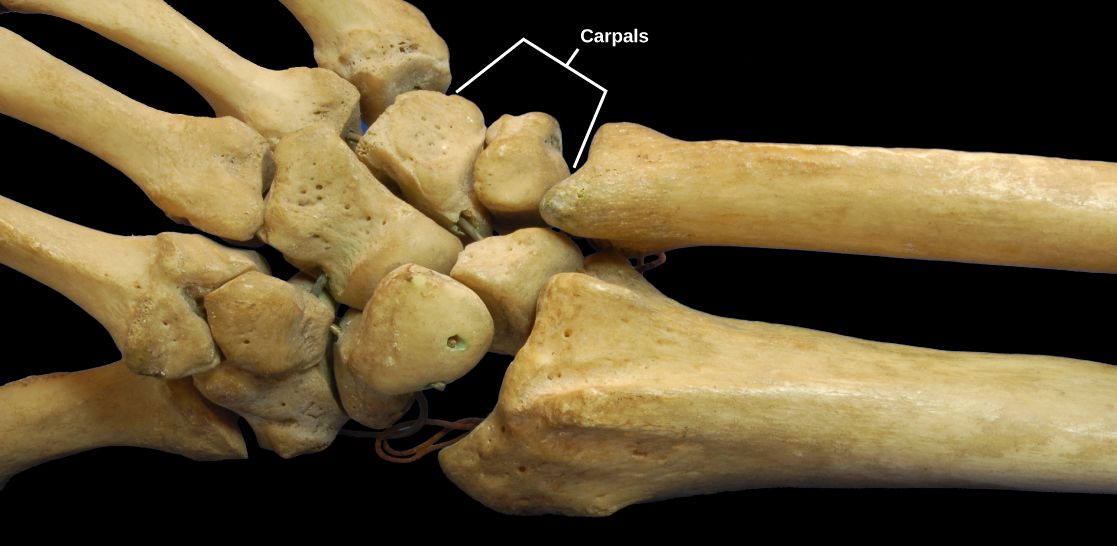
Further down the hand, the carpometacarpal (CMC) joints establish crucial links between the wrist and the metacarpal bones, offering both mobility and stability. There are five such CMC joints, each playing a distinct role in hand movement. The CMC joint at the base of the thumb is notably the most versatile, enabling an expansive range of motion crucial for actions such as gripping and pinching. This remarkable mobility of the thumb is pivotal to the hand’s overall functionality.
In contrast, the other four CMC joints, connecting the metacarpals of the remaining fingers to the carpal bones, offer varying degrees of movement. Those closer to the thumb, such as at the base of the index finger, provide greater flexibility, while those near the little finger tend to be more rigid. This strategic balance ensures that the hand maintains stability during tasks requiring strength, like lifting, while simultaneously permitting precise movements where needed.
The structural integrity and coordinated movement of the hand and wrist are meticulously maintained by strong, yet flexible ligaments. These connective tissues act like robust bands, each playing a crucial role in providing stability, supporting smooth joint movement, preventing excessive bending, and ensuring proper alignment. Among these, the collateral ligaments, situated on either side of the fingers and thumb, are vital in preventing excessive sideways movement, thereby keeping the digits perfectly aligned during motion.
The volar plate, positioned beneath the finger joints on the palm side, is another critical structure. It serves as a protective barrier, preventing the fingers from bending backward excessively, thus safeguarding against hyperextension injuries. The palmar fascia, a thick, triangular layer of tissue beneath the palm’s skin, helps maintain the hand’s shape during movement and is indispensable in preventing skin slippage when gripping objects, enhancing secure holds.
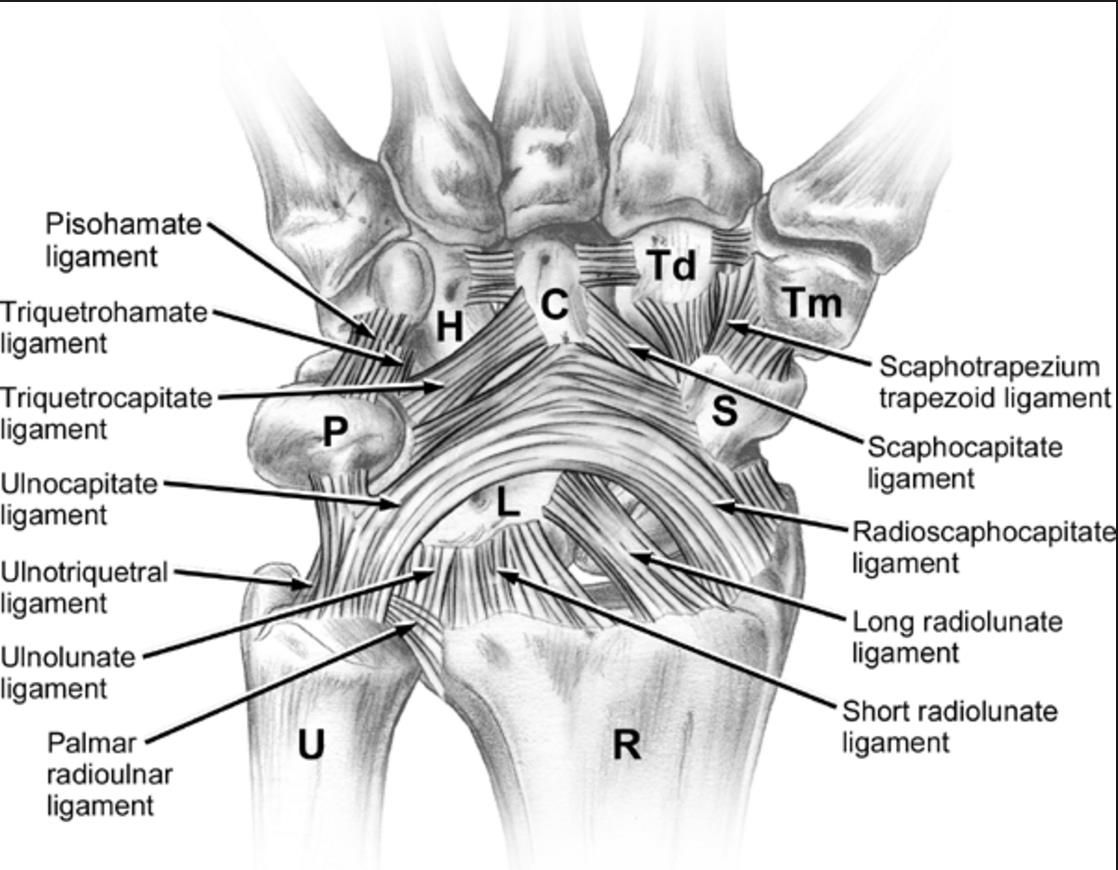
Within the wrist itself, specific ligaments provide essential support. The ulnocarpal and radiocarpal ligaments are fundamental for securing the entire wrist joint, enabling smooth and controlled movement between the forearm and hand. Additionally, the volar carpal ligaments, located on the underside of the wrist, offer supplementary support and stability during wrist movements. On the dorsal side, the dorsal radiocarpal ligaments stabilize the wrist when extended and provide crucial extra support when the wrist is bent backward. Together, this intricate network of ligaments ensures the hand’s stability, flexibility, and protection against injury, allowing for precise and powerful movements.
The dynamism of the hand stems from its 34 muscles, meticulously organized into distinct groups by healthcare providers, each with specialized functions. The thenar muscles, located at the base of the thumb in the palm, are responsible for controlling thumb movement; their contraction can be distinctly felt as a bulge in that region. Conversely, the hypothenar muscles, positioned along the outer edges of the palm, govern the area opposite the thumb, particularly around the pinkie finger, enabling its specific movements.
Situated between the metacarpal bones within the palm, the interossei muscles play a pivotal role in facilitating side-to-side finger movements, contributing to the hand’s fine motor control. The lumbrical muscles, found at the base of the four non-thumb fingers, are crucial in aiding finger flexion. While these intrinsic hand muscles are vital, it is important to note that most hand and wrist movements actually originate from muscles located in the forearm, which send tendons into the hand.

These diverse muscle groups collaborate to facilitate two primary types of grip. The power grip utilizes the strength of the larger hand muscles to effectively hold or move heavy objects, such as when lifting weights or twisting open a tight jar lid, emphasizing force and stability. In contrast, the precision grip involves the delicate coordination between the fingers and thumb, allowing for the handling of smaller, more fragile objects. This often manifests as a pinching motion, where fingertips meet the thumb, exemplified by picking up a coin or turning a key.
Beyond gripping, the muscles surrounding the wrist are instrumental in controlling a variety of wrist movements. Flexion involves bending the wrist towards the palm, curling the hand inward, while extension refers to raising the wrist upwards, akin to making a “stop” sign. Adduction moves the wrist inward towards the body’s center, and abduction turns the wrist outward, away from the body’s midline. These varied motions, powered by different muscle groups, collectively enable the hand to perform a wide array of tasks that demand both strength and precision.
Supporting the fluid motion of the joints is the extraordinary synovial lining, a tissue responsible for producing synovial fluid. This invaluable fluid ensures that our joints move effortlessly and without pain, acting as a crucial lubricant. Without this precious coating, movement would be excruciatingly uncomfortable, leading to permanent joint damage. The synovial fluid also delivers essential nourishment, which is vital for maintaining the health and functionality of our cartilage, highlighting its profound importance in joint well-being.
The complex network of dense connective tissues, specifically known as the volar plates, serves as a vital support and stabilization system for the joints within our fingers. These unique structures are designed to prevent the fingers from bending excessively backward, thereby acting as a crucial safeguard against serious injuries or dislocations. Positioned on the palmar side of the joints, the volar plates are composed of thick, fibrous tissue, providing a robust and solid framework. This construction ensures appropriate alignment and integrity throughout the range of finger movement.
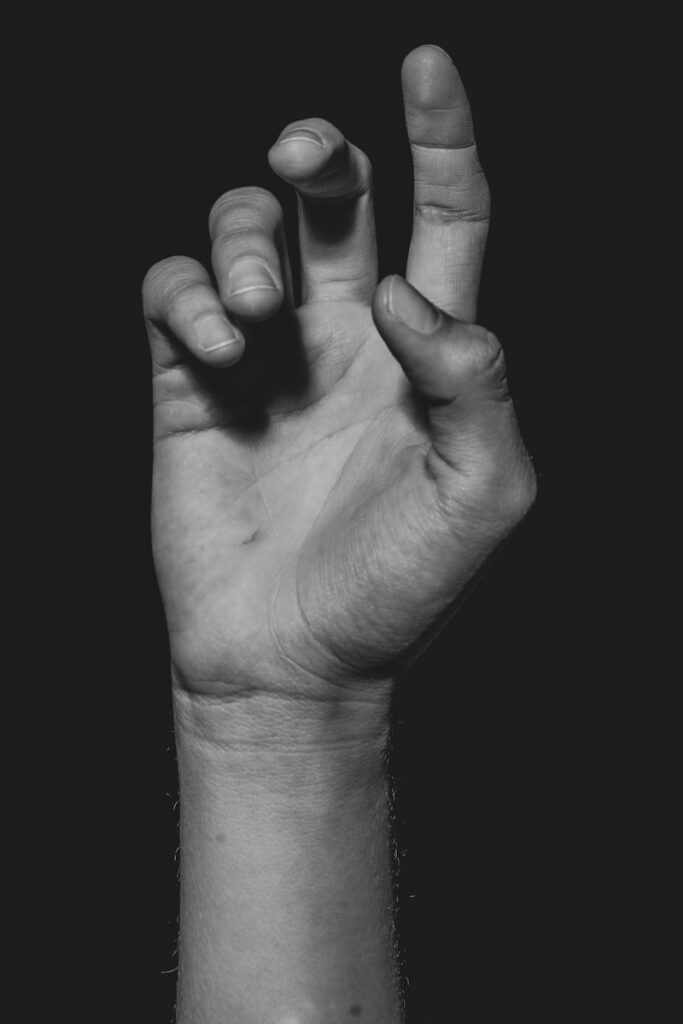
These plates are paramount to both the stability and mobility of the fingers, exhibiting a robust construction capable of enduring significant stress and strain. Without the essential support of the volar plates, our fingers would be considerably more susceptible to injury, severely impairing our capacity to perform routine activities with ease and accuracy. They embody a perfect balance of firmness and flexibility, essential for optimal hand function.
Another crucial component contributing to the hand’s remarkable capacity to grasp objects is the tendon sheaths. These unique fluid-filled tubes encase the hand’s tendons, providing essential cushioning and significantly reducing friction as the tendons glide through them. Each sheath comprises two layers of connective tissue: an inner, delicate synovial membrane and an outer, thick fibrous tissue. The synovial membrane secretes a viscous fluid that lubricates the tendons, facilitating their free and painless movement.
This vital lubricant ensures that the various parts of the hand work together seamlessly, much like the oil in an automobile engine, preventing resistance. Furthermore, the sheaths surrounding the tendons act as guides, aligning them precisely as they pass through the hand. The sheath’s walls keep the tendons from rubbing against other hand structures, thereby lowering the risk of damage and ensuring their smooth, efficient operation for all hand movements.
Tendons themselves are fundamental tissues, forming the critical connections between muscles and bones, thereby enabling all movement in our hands. Composed primarily of collagen, a protein celebrated for its inherent strength, flexibility, and durability, tendons are uniquely structured to withstand high levels of tension and strain. This resilience is absolutely essential for the fine motor skills we employ daily, such as gripping objects, writing, and typing, allowing for both delicate and forceful actions.
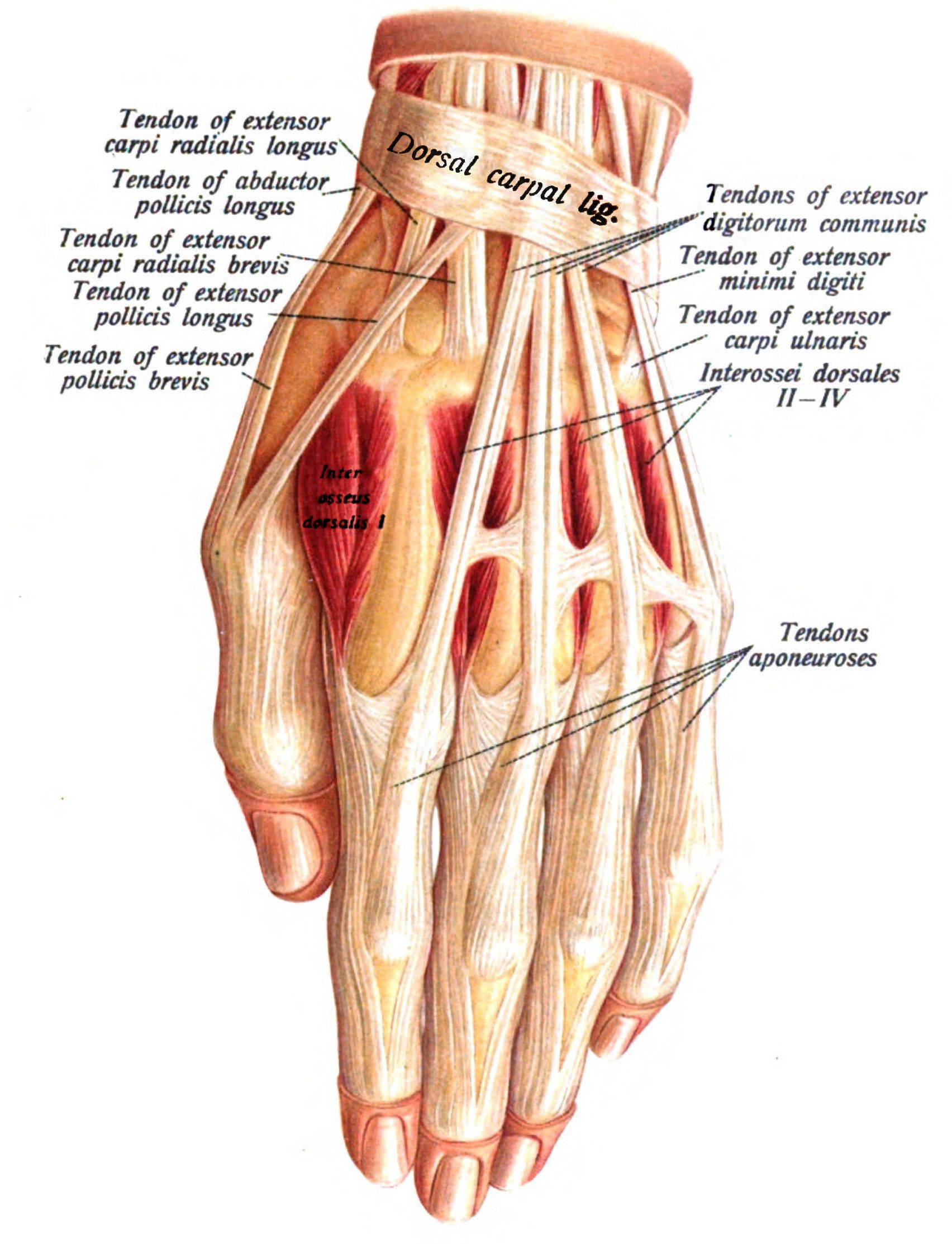
Their remarkable ability to stretch and contract as needed, while maintaining sufficient toughness to manage repeated stress, is what makes tendons truly extraordinary. Without their integral function, muscles would be unable to generate the necessary force to move bones, rendering even the simplest tasks impossible. The specialized design of tendons ensures the precise and efficient movements upon which we constantly rely, underpinning the hand’s unparalleled functionality.
The human hand, a highly active organ, relies on a sophisticated network of blood vessels to effectively supply and remove blood. These arteries and veins deliver vital oxygen and nourishment to the hand’s tissues, supporting all its metabolic needs. Additionally, this complex system plays a crucial role in regulating the hand’s temperature and maintaining its fluid balance, contributing to overall physiological stability.
The radial artery, located along the radius bone closer to the thumb, and the ulnar artery, running along the ulna bone closer to the pinkie finger, are the two main arteries supplying the hand and wrist. These arteries communicate through “arches” within the hand—a superficial and a deep arch—from which numerous vessels branch off to supply blood to the fingers. Without this intricate and efficient vascular network, the hand would be incapable of carrying out its wide range of tasks, from grasping to manipulating items, underscoring its indispensable role in the hand’s health and functionality.
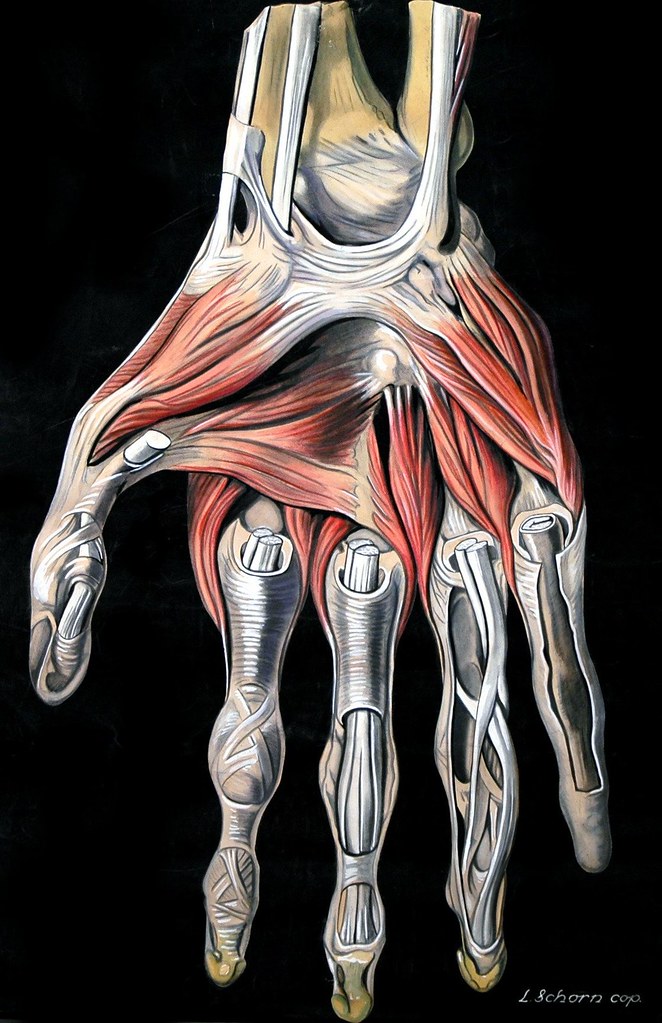
The body’s nerves are the essential conduits for sending and receiving messages between the brain and various body parts, including the hands. These nerves are responsible for our ability to perceive a multitude of sensations and to precisely regulate our actions. Neurons transmit messages through these nerves at extraordinary speeds, allowing us to perceive and interact with our environment in real-time. Three main nerves — the radial, median, and ulnar nerves — provide sensation to the hand and wrist. These main nerves branch into numerous smaller nerves, spreading throughout the hand and wrist to ensure comprehensive sensory and motor innervation.
Without this intricate nervous system, our bodily experience would be profoundly diminished; we would lose the capacity to interact with the outside world in a meaningful way. The carpal tunnel, a rounded space within the wrist formed by specific carpal bones and ligaments, serves as a crucial literal tunnel, allowing nine tendons, four ligaments, and one of the main nerves (the median nerve) to pass through to reach the rest of the hand, much like fiber optic cables delivering service.
The palmar fascia, a tough layer of soft tissue found in the palm, is a complex, fibrous ring of connective tissue that provides crucial stabilization to the hand. It serves as a solid base, enabling the wide array of complex motions that our hands are capable of performing. Without the fundamental support offered by the palmar fascia, our hands would lack their inherent nimbleness, significantly impairing our ability to perform the diverse daily tasks upon which we rely so heavily. Its presence ensures our capacity to interact with the world remains virtually unlimited.

Beyond its internal complexities, the external anatomy of the hand reveals its immediate functionality. The fingers are undoubtedly vital parts of the hand, serving as the primary means by which we grip, hold, and manipulate objects. Their flexible structure, supported by the small phalange bones and multiple joints, allows them to bend and curl inward, forming a remarkably strong grasp.
The thumb, being the thickest and most mobile digit, plays an exceptionally crucial role in both grip and precision. Its unique ability to move across the palm (a movement known as opposition) enables us to firmly hold objects like pens, tools, or smartphones. In tasks ranging from typing to lifting, the thumb is indispensable for control and stability, its importance further amplified in the digital age. The index finger, positioned next to the thumb, is pivotal for precise movements, collaborating closely with the thumb during activities such as writing, drawing, and pointing. It is often the primary finger used for interacting with touchscreens and other fine motor tasks.
The middle finger, as the longest and centrally located digit, significantly contributes to overall grip strength and helps distribute pressure evenly when holding or lifting objects. Biomechanically, it acts as a stabilizing center during forceful hand movements, supporting the other fingers. The ring finger, nestled between the middle and little finger, provides balance to the hand’s grip, although it exhibits less independent movement. Culturally, it holds significance as the traditional digit for wearing engagement or wedding rings in many societies.
Despite its size, the little finger, or pinky, plays a vital supporting role in achieving strong grips. While contributing less to fine movement, it collaborates with the other fingers to provide essential hand stability and complete the full range of motion necessary for securely holding large or heavy objects. The palm, the broad inner surface of the hand, is critical for gripping, its skin featuring ridges and lines that enhance friction for secure object holding. It connects to the fingers via flexible joints, allowing it to fold and support diverse hand movements.

The wrist, as an externally visible joint, serves as a highly flexible link between the hand and the forearm. Composed of eight small carpal bones arranged in two rows, it facilitates the hand’s ability to bend, rotate, and move in multiple directions. This exceptional mobility renders the wrist essential for a myriad of everyday tasks, including writing, lifting, or turning objects, underscoring its integral role in daily life. The knuckles, recognizable bony prominences on the back of the hand where fingers meet the palm (the metacarpophalangeal joints), permit fingers to flex and extend, and importantly, provide force during impact, a key aspect in activities like boxing or martial arts.
Finally, the fingernails, hard, protective coverings at the tips of fingers, are composed of keratin, a strong protein. Growing continuously from the nail matrix at their base, they assist with delicate tasks such as scratching, picking, or gripping small objects, providing fine-tuned assistance for the hand’s complex capabilities.
In essence, the human hand is a symphony of coordinated components, where bones provide the framework, joints enable articulation, muscles generate force, ligaments ensure stability, and an intricate network of nerves and blood vessels orchestrates sensation and nourishment. From the unique opposable thumb to the collective strength of the entire palm, every part works in perfect harmony, allowing for an astonishing range of power and precision. This remarkable anatomical masterpiece underpins our most fundamental interactions with the world, truly defining our capacity for action, creation, and connection. It is an everyday marvel, deserving of profound appreciation for its unparalleled design and function.



